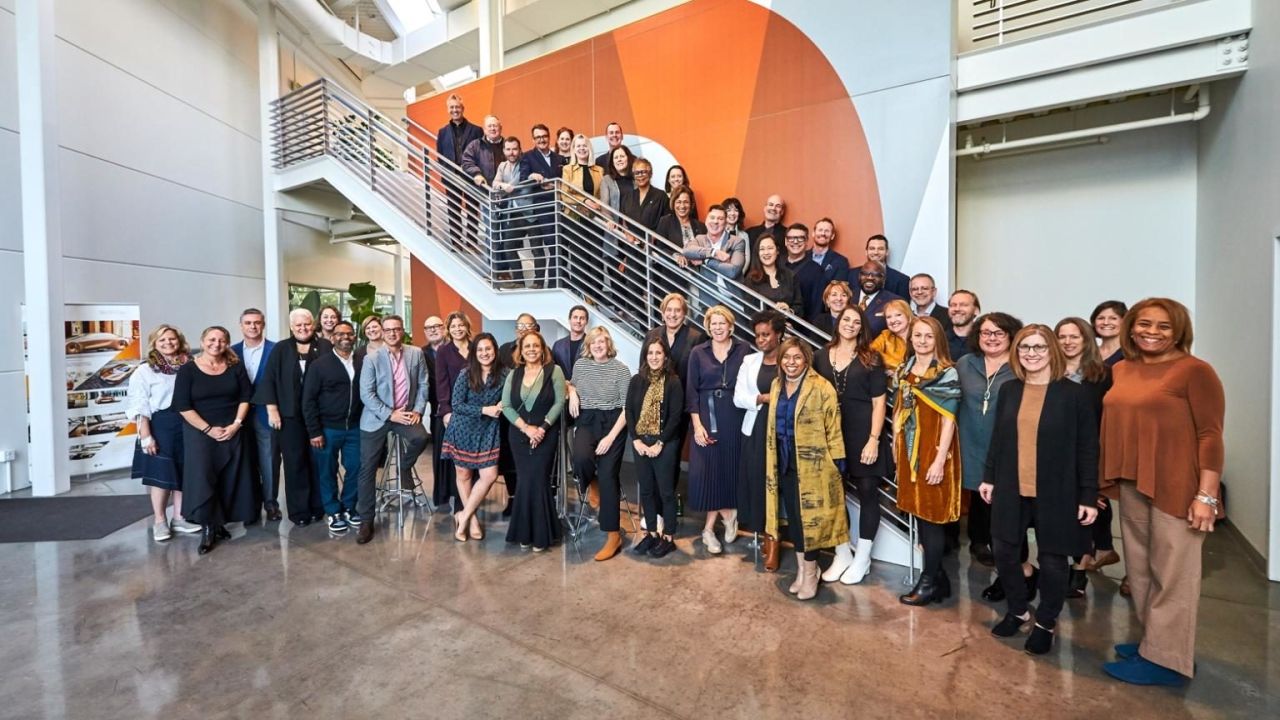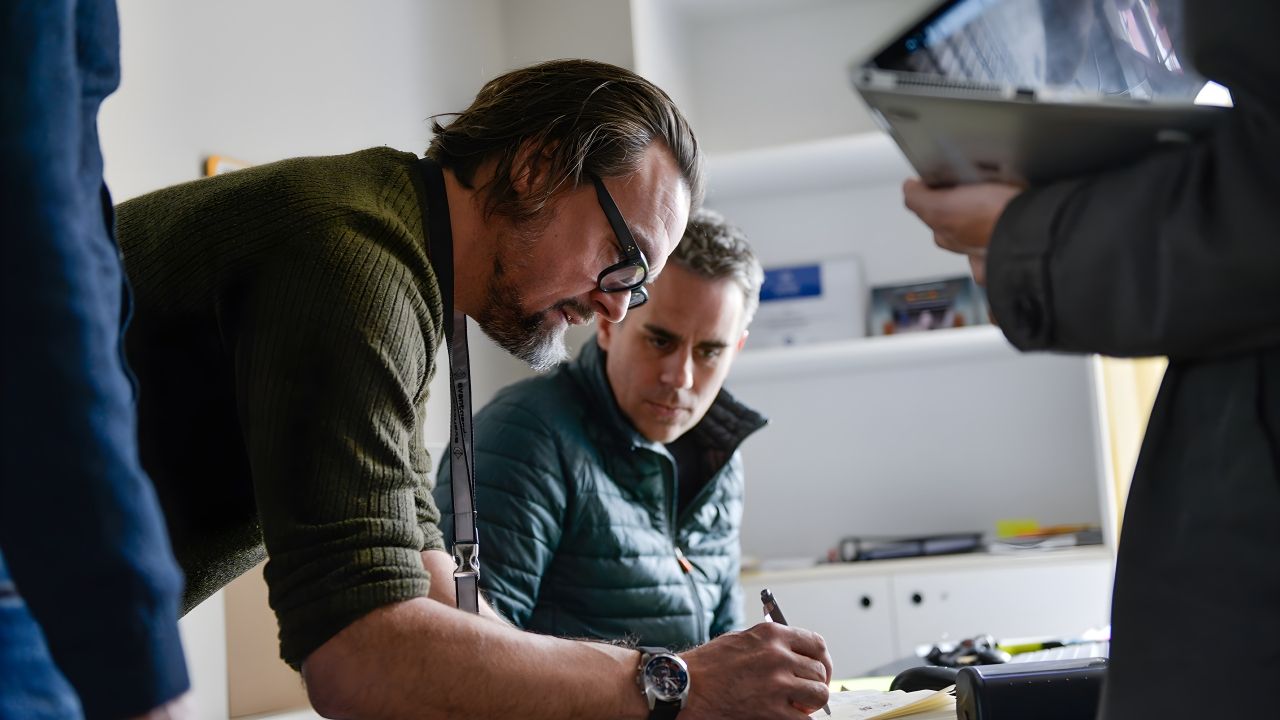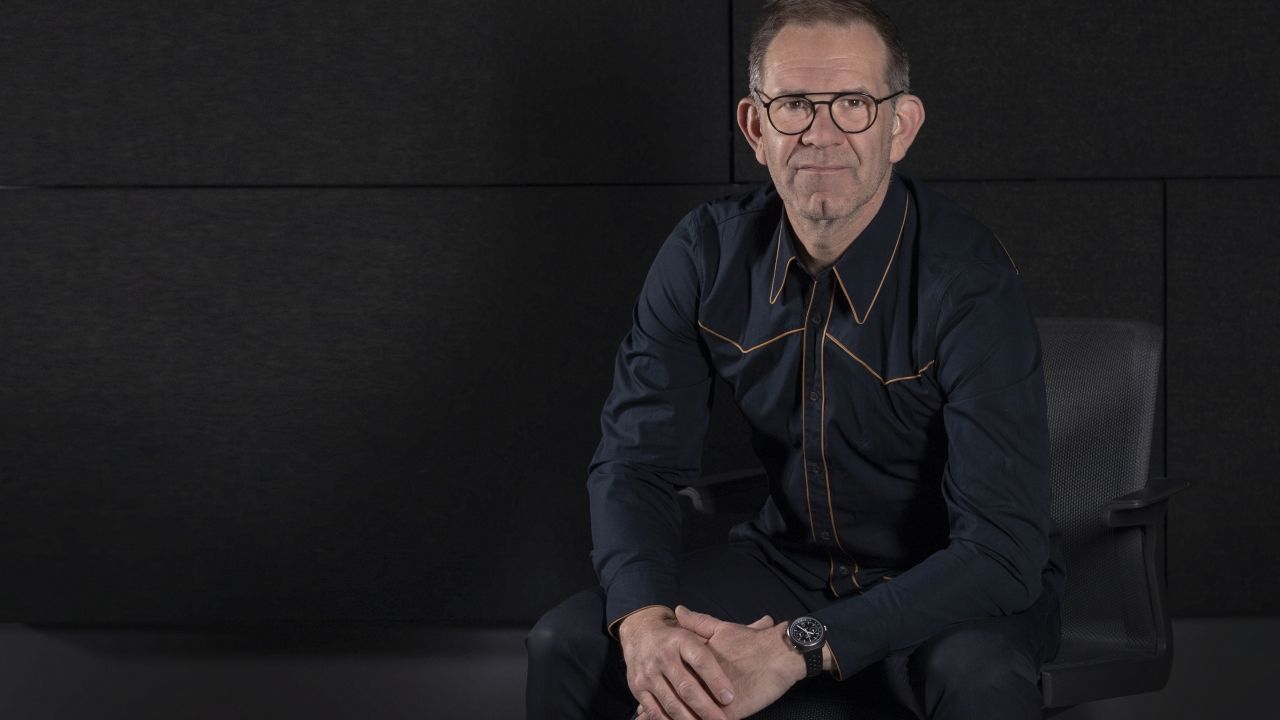What Creative Consultants Actually Do, And How They Spark Innovation
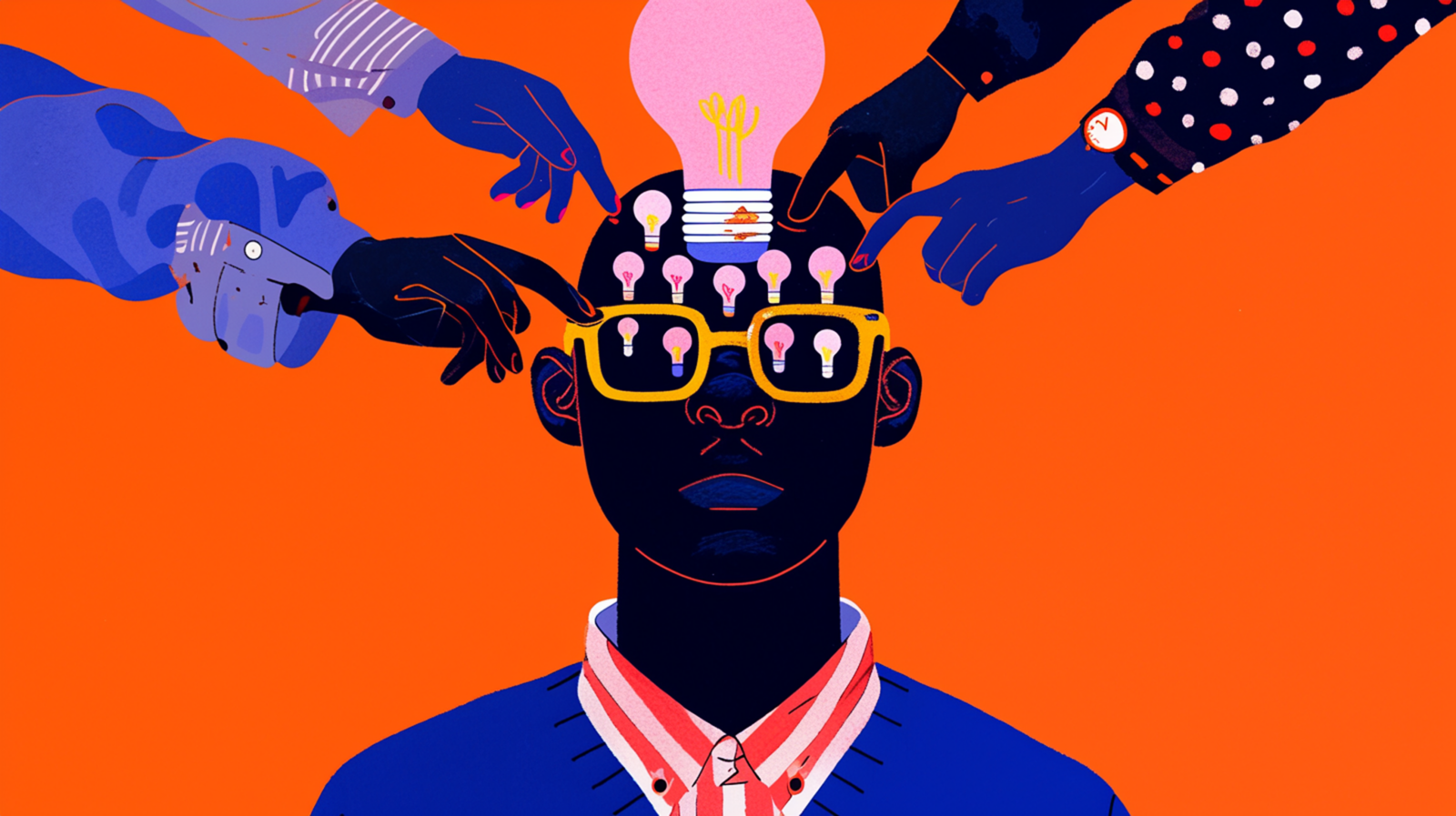
At Designworks, we sit at the crossroads of mobility, digital life, and design—helping our clients stay ahead of the curve with forward-thinking, impactful design solutions.
A key part of this work is “creative consulting”—a term that can be hard to pin down but is essential in driving innovation, transformation, and meaningful change for organizations.
Martin Francisco, Associate Director of Strategic Foresight at our Los Angeles studio, sheds light on what creative consultants actually do. From reframing complex challenges to bridging strategy and design, he offers an inside look at how Designworks helps companies rethink the way they work—and turn big ideas into lasting impact.
1. Your background spans from English literature to product design—how has this unconventional combination shaped your approach to creative consulting?
For me, every educational and life experience is additive. I started with an English literature degree simply because I loved reading. Another passion on mine was product design. The first time I saw the student gallery of industrial design at Art Center, I was awed by the fact that students were allowed to imagine, conceptualize, and build, which was a manifestation of creativity and storytelling. This was the moment that everything clicked into place for me—what I realized I grew up doing as a kid, tinkering, building, imagining could become a career.
Interestingly, my background in English gave me a strong advantage—I could articulate my vision and concepts more clearly than many of my peers. Even though my visual communication skills weren’t the strongest in my class, my ability to express ideas eloquently always strengthened my work. Now, I use a combination of visual, verbal, and even nonverbal communication to convey a message across to a client.
2. “Creative consultants” can be a broad title. How do you define your role at Designworks, and can you break down what that means in practice and how it helps brands navigate the future?
Describing what creative consultants do can be challenging because the role is so broad. The work can range from tactical to visionary, depending on the client’s needs. For example, a brand may need help developing a new naming convention for its products—one that conveys innovation while maintaining consistency with existing names.
On the other hand, the work can involve providing insights on the future of AI and its impact on society, everyday life, or even its influence on design and creativity. The strength of the term “creative consultants” lies in its flexibility. It encompasses both granular problem-solving and big-picture thinking.
There’s short-term problem-solving, mid-term systems thinking, and long-term future casting—all of which help design teams and decision-makers navigate their next moves. Future casting analyzes emerging forces of change—new technologies, shifting behaviors, and evolving cultural trends shaped by generational interactions with technology. The most exciting part is identifying weak signals and early trends, extrapolating them into the future, and drawing clear conclusions: How will people live? What expectations will they have?
Bringing these insights back to the present helps clients prepare for the “Future Normal.” This is the lens through which I like to frame our work: What might seem extraordinary today but will feel completely routine in the future? What will be the everyday complaints of tomorrow? Maybe it’s something as mundane as “my laundry-folding robot is too slow.” The goal is always to help clients anticipate and design for what will soon be ordinary.
The open-ended nature of the title, creative consultants mean we encounter a wide range of exciting scenarios, collaborating with diverse minds and perspectives. Unlike business consultants at firms like McKinsey or Deloitte—where the focus is largely on efficiency—our role is almost the opposite. Instead of streamlining operations, we ask: Who can we bring together? Our goal is to form coalitions of passionate people who can drive meaningful change within an organization.
It’s not about coming in as an outsider with a prescribed solution. Instead, we embed ourselves within the organization, learning to speak their language, champion their cause, and inspire them to take on the challenges that come with transformation. Change is never easy, but by guiding teams through it, we help them see that their work—whether in small ways or on a larger scale—can contribute to a better organization, a better society, and ultimately, a better world.
3. Many people think of design as just making things look good, but Designworks operates at a deeper strategic level. Can you explain how creative consulting drives business impact beyond aesthetics?
At Designworks our aim is always to improve the system through design, beyond just aesthetics, which means we try to understand the “why” first. Always putting the human – or the “user” – at the center. We like to say our mission is simple, to “move people.” This is a play on words of course, because we are a mobility-centric agency, and we know that emotions are at the center of good design. An effective product or service should spark an emotional response, and true resonance comes from utility—when something is well thought out and seamlessly integrates into everyday life.
One of my favorite examples (though we didn’t work on it) is the next generation of Rubbermaid food storage containers with universal lids. I once spoke to a product manager who worked on that project, and as someone who uses those containers, I can appreciate the thoughtfulness behind them. You don’t need to be a designer to recognize how well the system is designed—how it considers stacking, storage, and everyday use. Even in ways it wasn’t necessarily meant to be used. In fact, I think I have a couple in my bag right now.
Another key aspect of creative consulting is redefining the problem space. When a client presents us with a brief, they often think they know the problem they need to solve. But our role is to zoom out, offering a broader perspective. We say: Here’s what you asked for, but here’s the bigger picture. Here are ten other questions that give deeper insight into what you’re really looking for. By expanding the scope, we help clients see that their initial question is just one piece of a much larger puzzle—one that we need to explore together.
Ultimately, our work goes beyond aesthetics. It plays a key role in shaping strategy and uncovering new opportunities. While the partnering team bring in the work, we’re the ones who bring clients back.
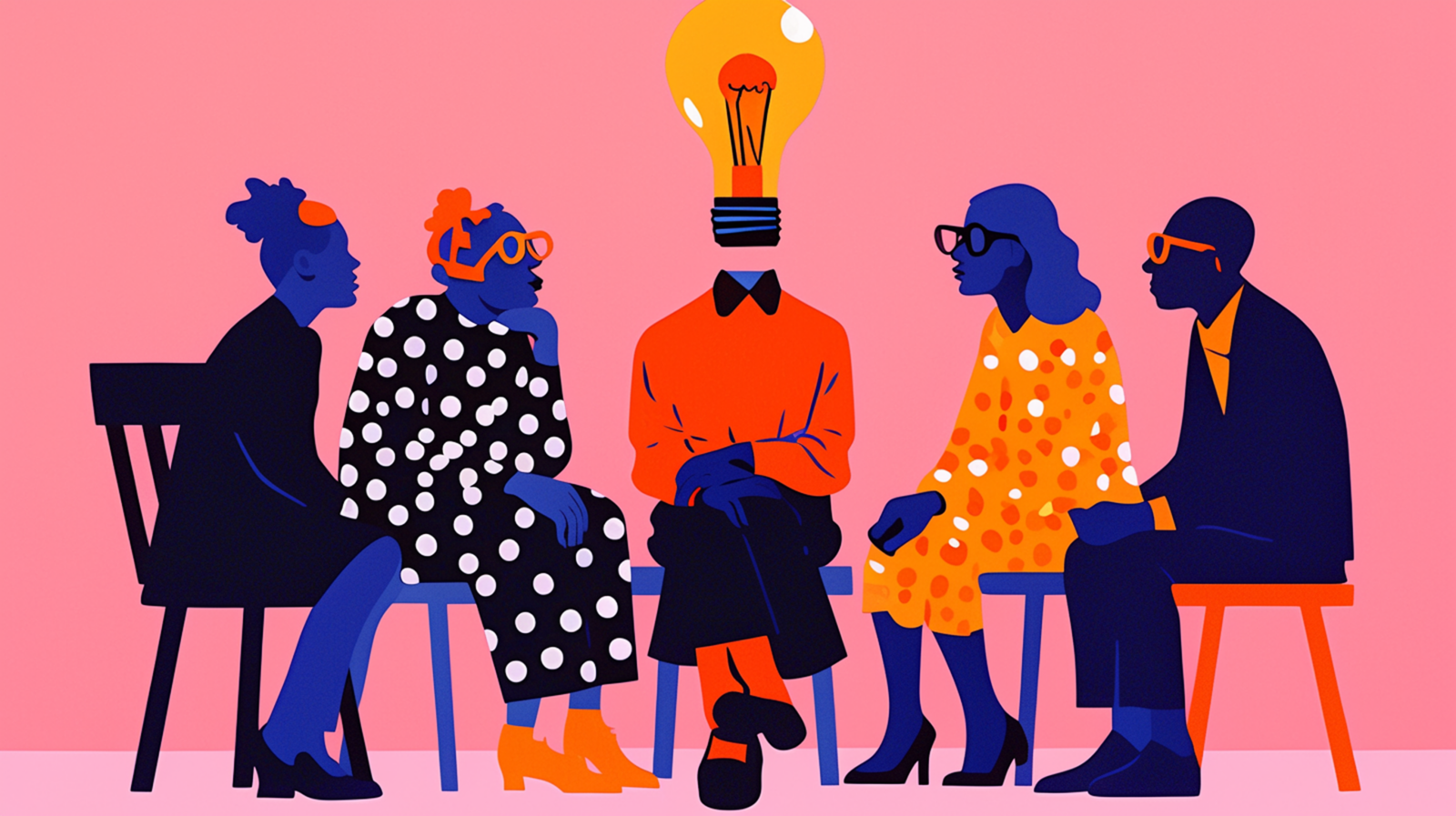
4. Many brands struggle with complex challenges that don’t have obvious solutions. Can you share an example of how Designworks’ creative consultants have unlocked a clearer path forward for its clients?
I think creative vision programs are a good example because they guide design teams in reorienting their organizations, helping them understand why they do what they do, how they fit into the bigger picture, and how to communicate design more effectively within their company. This not only improves execution but also strengthens the role of design across marketing, product planning, and other functions.
What makes these programs so valuable is their dual purpose: they are both instructional and inspirational. They act as a mirror for design teams, offering a rare opportunity to step back and reflect on their purpose, their success, and their broader vision.
What’s fascinating is that the impact isn’t always immediate. Instead, we often see the results about two years later—when the fashion cycles our clients were working on during our engagement finally reach the market. At that point, we notice shifts in their product design, marketing, and brand spaces—a fresh energy, a refined tone, and a renewed focus. It’s incredibly rewarding to see our strategies come to life and make a difference once they reach the public.
At Designworks, we measure impact by how far our work extends beyond the initial deliverable. It’s about improving internal processes across global brand teams and seeing our strategic vision come to life in real products and how they’re communicated to the public. From the boardroom to a press release to marketing collateral, the true value of our consulting is in the lasting transformation it drives.
5. You’ve worked with BMW as well as external brands across digital, product, and mobility spaces. How does your consulting approach shift across different industries?
The intent is the same—it’s just a matter of adjusting the dialect of how you deliver things. When working with BMW Group, for example, there’s a distinct tone and tenor to how things should be communicated. At its core, our approach is about reframing the brief and helping clients navigate the complexities of the systems they interact with daily. We create a clear red thread of most important to them—while also projecting that into the future. The goal is to show them that the changes they make today will prepare them for the future normal. If they don’t take action, their competitors will, and they risk falling behind in their category.
Ultimately, our role is to make the future feel tangible and relevant, guiding clients in building a roadmap to meet that future successfully.
Words by: Martin Francisco, Associate Director, Strategy, LA Studio
Martin brings together 10 years of experience in design strategy and trend forecasting to make the future tangible and relevant for brands within BMW Group and for external brands such as John Deere and VF Corp. He balances creative strategy with far horizon foresight to help world build the implications of the future and map the path for partners to achieve success along those horizons.
Pictures by: Heid Tse, Visual Communications Intern, LA Studio
